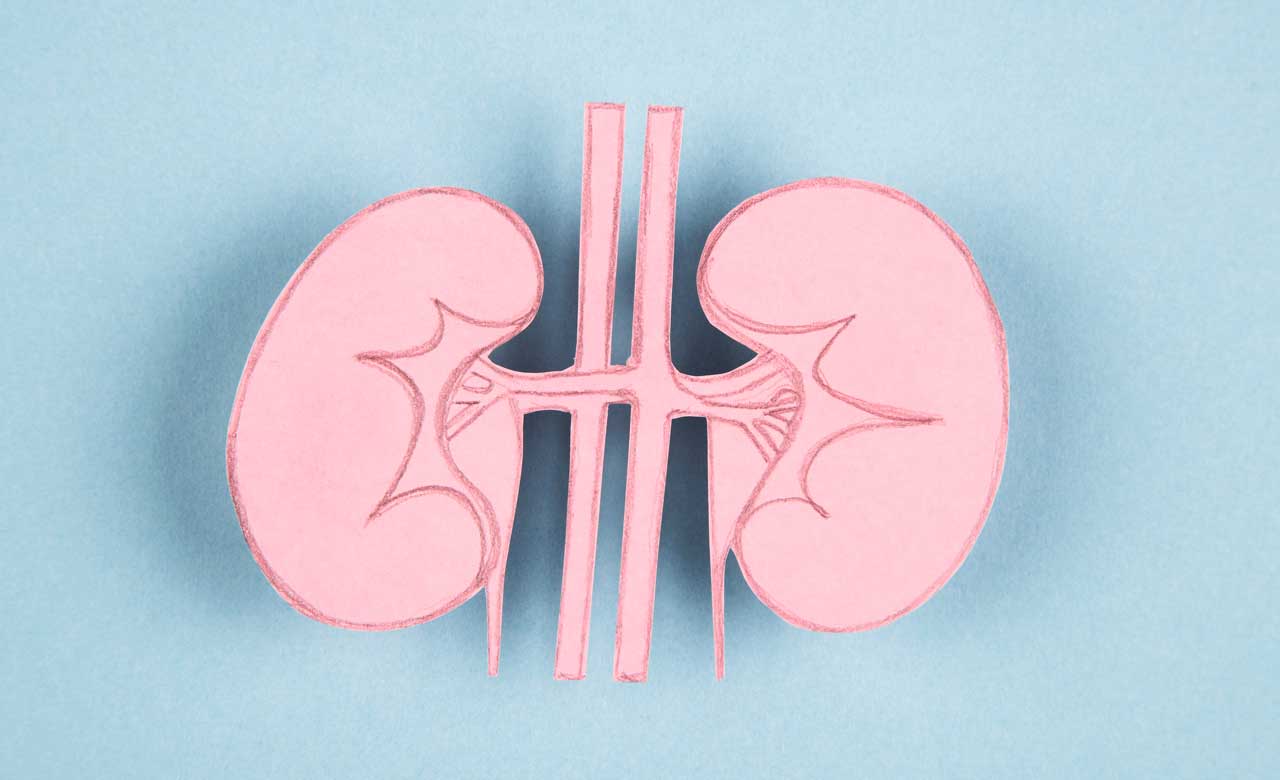Ariel L. Clark, PharmD

With a large amount of new, high-quality data available, the Kidney Disease: Improving Global Outcomes (KDIGO) workgroup issued a new comprehensive update on diabetes management in chronic kidney disease (CKD) only 2 short years after the last comprehensive update became available.
CDC estimates that more than 37 million Americans are living with diabetes in the United States today. Long-term complications of untreated or uncontrolled high blood glucose include development of CKD. Currently one in three adults with diabetes also has CKD, making it more important than ever to diagnose and treat patients early.
To develop the 2022 KDIGO Clinical Practice Guideline Update, which was published January 10, 2023, in Annals of Internal Medicine, the original diabetes guideline workgroup met to review newly available research that supported several changes to the previous guideline. These changes aimed to better aid clinicians in preserving patients’ kidney function and slowing down disease progression using a comprehensive approach to care.
What stayed the same
As before, the guideline recommends GLP-1 receptor agonists as second-line therapy, particularly for patients who are not achieving glycemic goals with first-line agents.
Although the KDIGO recommendations include a layered approach to therapy, the authors continued to recommend a preference for starting new therapies using a one-at-a-time approach. This method, followed by a review of response to therapy, can help clinicians keep patients on the most streamlined regimen possible.
Finally, the update continued to use chapter headings, as seen in the last KDIGO guideline,
What’s changed
Previous editions of the guideline noted that sodium-glucose cotransporter-2 (SGLT-2) inhibitors were to be considered in patients with an estimated glomerular filtration rate (eGFR) of no less than 30 mL/min. But new evidence now supports use of SGLT-2 inhibitors in patients with reduced eGFR of at least 20 mL/min in order to preserve remaining kidney function. This change acknowledges the evidence that the benefit of using SGLT-2 inhibitors is independent of glycemic control, as seen by the EMPA-KIDNEY and EMPEROR-Reduced/Preserved trials.
Additionally, the use of SGLT-2 inhibitors has been recategorized from Chapter 4 (glucose-lowering therapies) to Chapter 1 (comprehensive care). Authors noted 7 large trials that highlighted the benefits of SGLT-2 inhibitors, regardless of diabetes diagnosis, for organ protection (i.e., of heart and lung), further promoting their importance in patients with CKD.
Guideline authors also underscored the importance of weight loss in managing CKD, and the advantage to usingGLP-1 receptor agonists as part of a new practice point in this update.
A final change in this update was in recommending the use of nonsteroidal mineralocorticoid receptor antagonists (MRAs) for patients already being treated with renin-angiotensin inhibitors.
Two recent clinical trials, FIGARO-DKD and FIDELIO-DKD, showed a reduced risk for cardiovascular and kidney composite outcomes, as well as a reduced risk for kidney failure. Authors of the new guideline recommended that a nonsteroidal MRA with “proven kidney or cardiovascular benefit” be added for treatment of patients with an eGFR of at least 25 mL/min, normal serum potassium concentrations, and albuminuria, where the albumin-creatinine ratio is >30 mg/g.
What’s next?
The diabetes workgroup noted that while these new recommendations have the potential to drastically affect patients with diabetes and CKD, they can only do so if put into practice widely, and with the help of parties outside of the workgroup.
Cost continues to be a barrier for the first- and second-line therapy agents. The recommendation authors urge practitioners to communicate the long-term cost saving benefits of these more expensive agents when discussing formularies with policy makers and institutional decision-makers. Sharing that these agents will prevent or delay kidney replacement by helping to preserve inherent kidney function can help providers make the case for these agents.
In order to reduce confusion between this new update and available guidance from other organizations, KDIGO partnered with the American Diabetes Association to produce a consensus report that addresses high-priority interventions as well as CKD prevention, screening, and diagnosis, which are not explicitly discussed in this 2022 guideline update.
The new 2022 KDIGO Clinical Practice Guideline allows practitioners to be sure they are treating patients with the most up-to-date and highest-quality evidence. ■